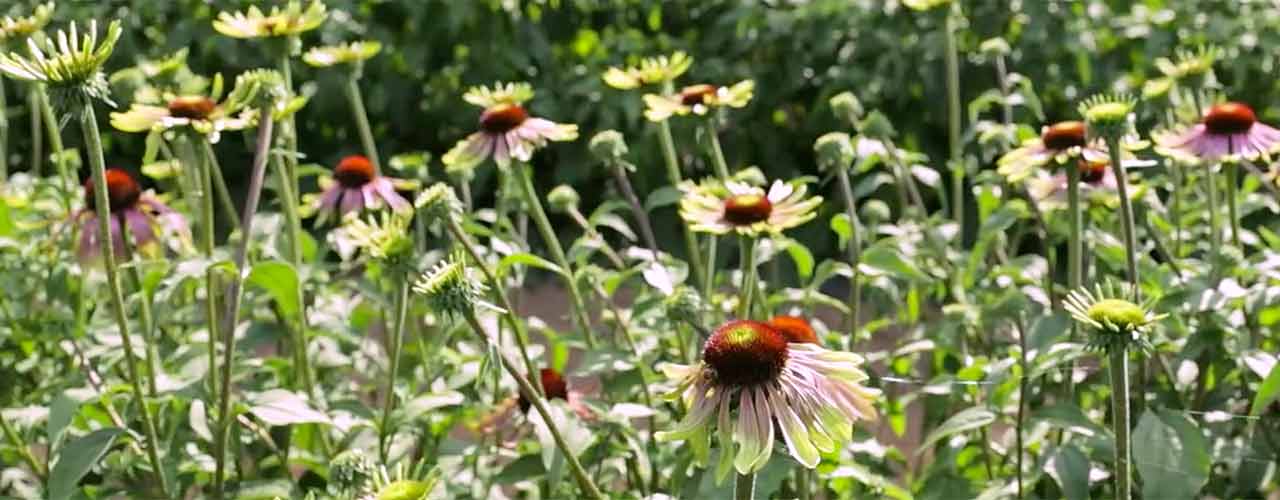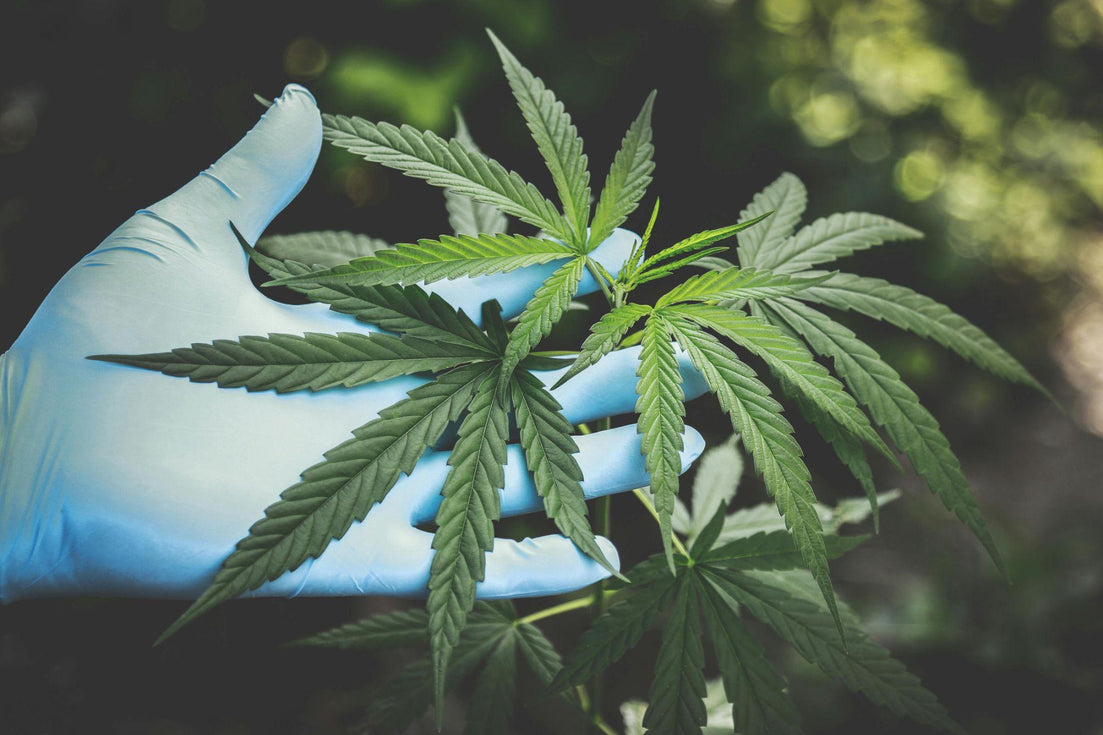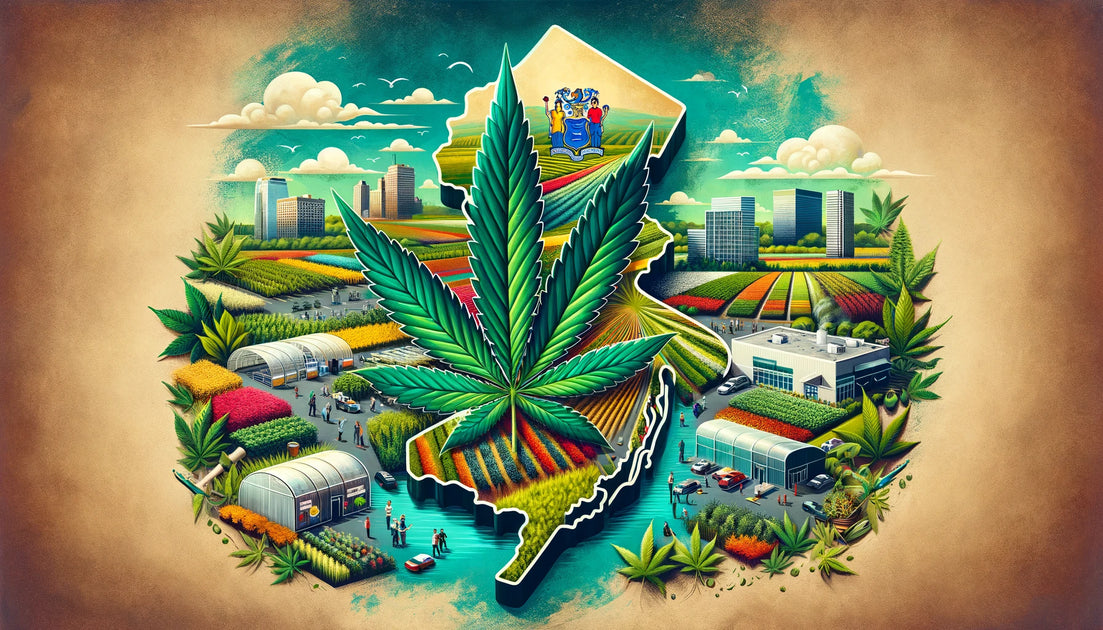Your cart is currently empty.

Marijuana is known as an excellent treatment for pain, anxiety, insomnia, MS, amongst a whole slew of other conditions. Cannabis is able to do this because it contains cannabinoids that react with the endocannabinoid system, which is responsible for maintaining homeostasis in the human body.
But, are there other plants that could contain cannabinoids that would also engage our endocannabinoid system? There are! In this article, we’ll help provide you with a list of non-marijuana plants that contain cannabinoids and engage the endocannabinoid system.
Coneflower - Echinacea
Echinacea is well-known for its many and diverse medicinal benefits. This miracle plant has been found to be an effective treatment of the common cold, fatigue, anxiety, migraines, arthritis, among other conditions, which just so happen to be the same conditions that can be treated with marijuana.

Echinacea has beautiful vibrant colors. Photo by @masa20160801
Some species of echinacea, not all, contain compounds that engage our endocannabinoid system like cannabinoids do. This is because they contain cannabimimetics. While cannabimimetics are slightly different from cannabinoids, they still engage the endocannabinoid system, helping release their medicinal benefits.
The cannabimimetics found in these species of echinacea interacts with the CB2 receptor in the endocannabinoid system. This receptor is known to be responsible for regulating our immune systems and inflammatory responses. This is most similar to cannabis’s THC, which is the primary stimulator of the CB2 receptor in the body.

Beautiful cornflowers (echinacea) in the garden of @stekdestadstuinwinkel
Oxeye plants are also commonly known to contain these same types of cannabimimetics, meaning it, too, could potentially be used to effectively treat inflammation.
Electric Daisy - Acmella Oleracea
This plant is often referred to as the “toothache plant” and has often been made into a gel that serves as a strong painkiller. Electric daisy contains N-Isobutylamides, which are cannabinoid-like in nature, that react with the CB2 receptor, creating its powerful pain-killing and inflammation-reducing powers.

This gorgeous image of electric daisy comes from @wootyb
The gel made from this flower has become a new favorite treatment amongst dentists dealing with particularly painful conditions like an impacted wisdom tooth.
Helichrysum Umbraculigerum
This South American daisy contains a similar compound to cannabigerol (CBG), which is known to be an effective antidepressant, anti-inflammatory, and mood stabilizer. According to the Italian natural product chemist, Giovanni Appendino, a variety of helichrysum was used in ritual ceremonies in African pharmacology to make fumes. He also said that the compounds found in the plant might have a psychotropic effect that would be similar to cannabinoids.
Liverwort - Radula Marginata
This plant, native to New Zealand, contains perrottetinenic acid which is incredibly similar to THC and acts on the CB1 receptor, the primary binding site for THC and the receptor responsible for the psychoactive effects. Unfortunately, no one has reported any psychoactive effects from this liverwort variety, yet. However, it has been known to be effective in treating bronchitis and liver, gallbladder, and bladder problems.
Chocolate - Theobroma Cacao
Stoners have long been chomping on some dark chocolate before smoking marijuana to boost their high, but why does this work? Chocolate contains compounds similar to CBD that react with the enzyme FAAH in the body. This enzyme is responsible for breaking down anandamide, an endocannabinoid that is our natural version of THC.

Cacao trees in the wild brought to you by @paulmendeja
The compounds found in chocolate block FAAH, making more anandamide in the body, stimulating the feelings of happiness and relaxation.
Black Pepper - Piper Nigrum
There are some strains of marijuana that taste and smell a little peppery, that’s because they have a high concentration of the terpene beta-caryophyllene (BCP), a heavily present terpene found in black pepper.

In its early stages of life, black pepper is green, then ripens to red, and finally black. Photo by @keara.giannotti
Believe it or not, BCP actually functions as a cannabinoid. It has a binding affinity with the ever-popular CB2 receptor, like many of the other plants on this list. Research suggests that BCP has an anti-inflammatory property that makes it a valuable treatment for conditions like osteoporosis and arthritis. Some research indicates that BCP could be used to increase the efficacy of anti-cancer drugs, but the results are not conclusive as of yet.
This list is not comprehensive and as more and more research is done on the endocannabinoid system and these plants, there’s bound to be more left undiscovered than we currently realize. Most of these plants have long been used as natural medicines and we’re only now seeing why they’ve been so effective, thanks to cannabis paving the way in the researching of the endocannabinoid system.
If you’d like to know more about cannabinoids and the endocannabinoid system, there’s tons of research available online.



